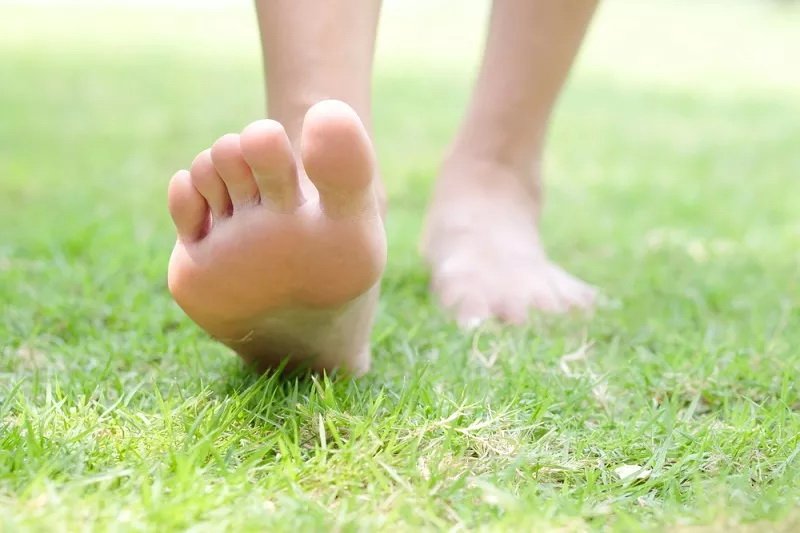
Let’s analyse some aspects and ways how we make steps…
The body is off balance – falling down before the leg touches the ground.
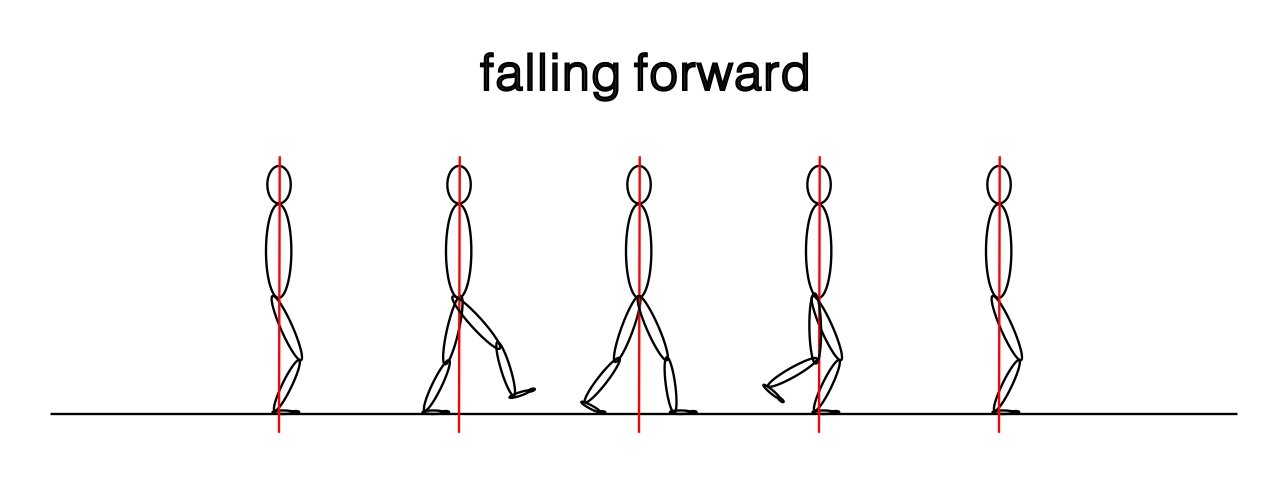
The leg firstly touches the ground, then shifts body mass to the front leg. We usually walk like this when we are not sure about the ground and want to check it before putting our body weight there.
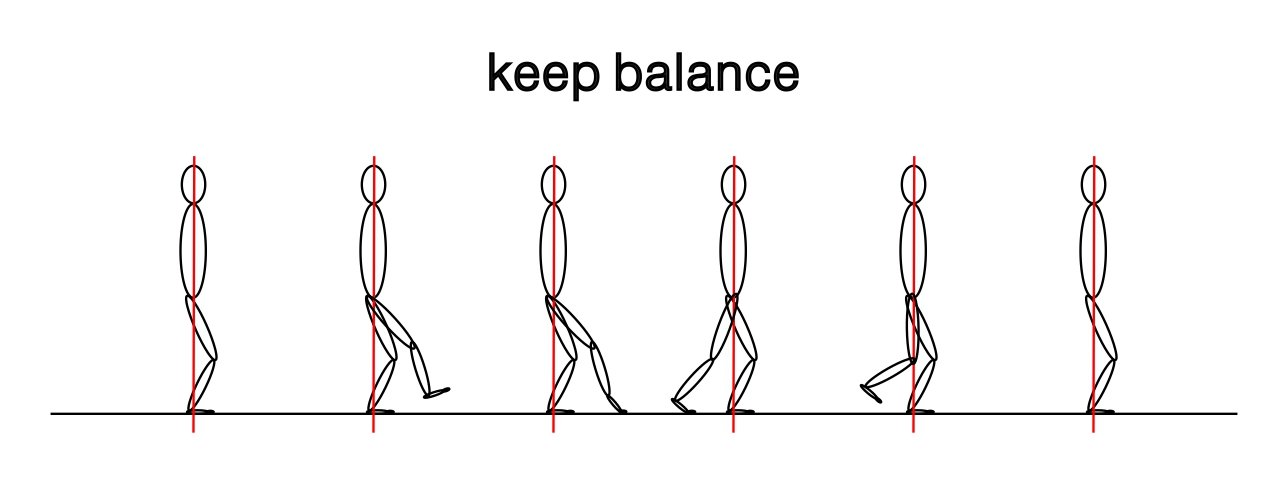
The leg is relaxed, hanging under the body. It doesn’t matter where the body is; the leg is always under it. Steps are short but safe.
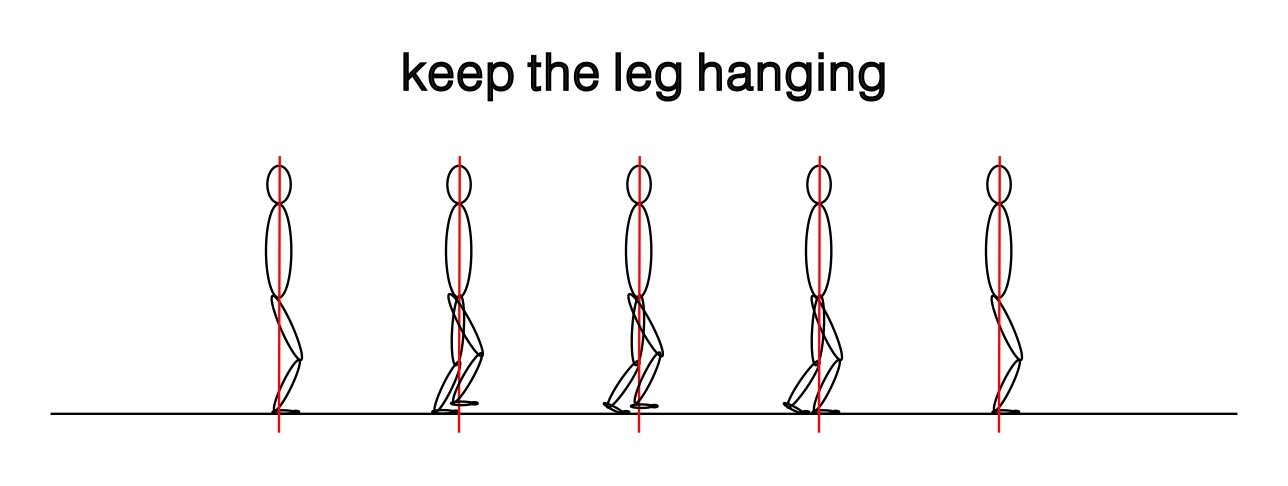
A step is landing hard.
Leg push against the ground.
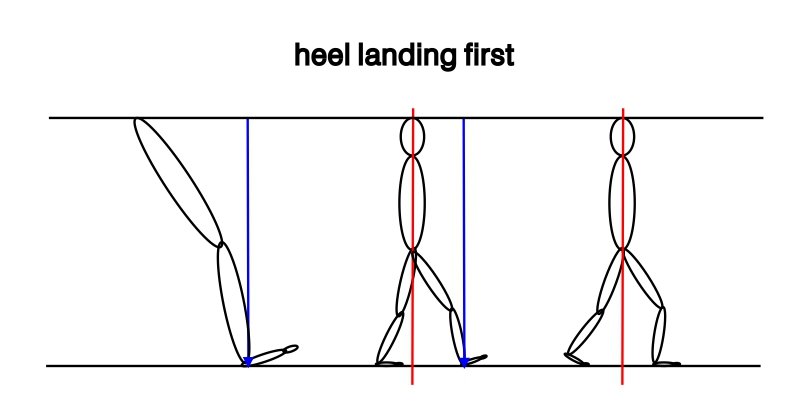
A step is landing softer.
Leg push against the ground.
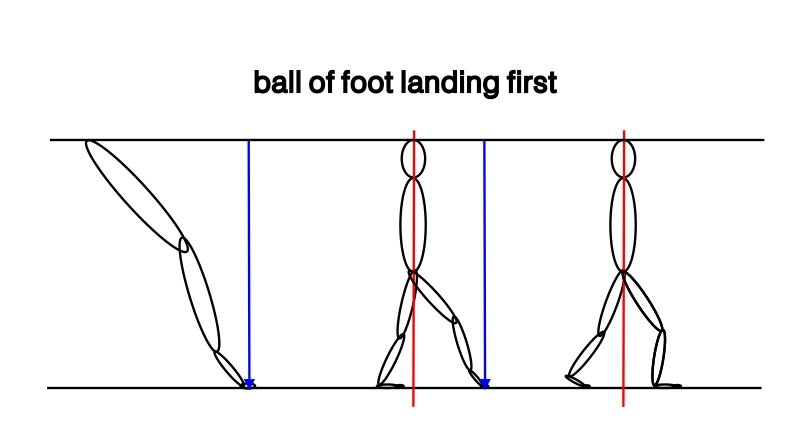
A step has the softest landing.
The leg is not pushing against the ground but expanding via toes through the ground.
It creates specific quality and gives power to the toes to absorb.
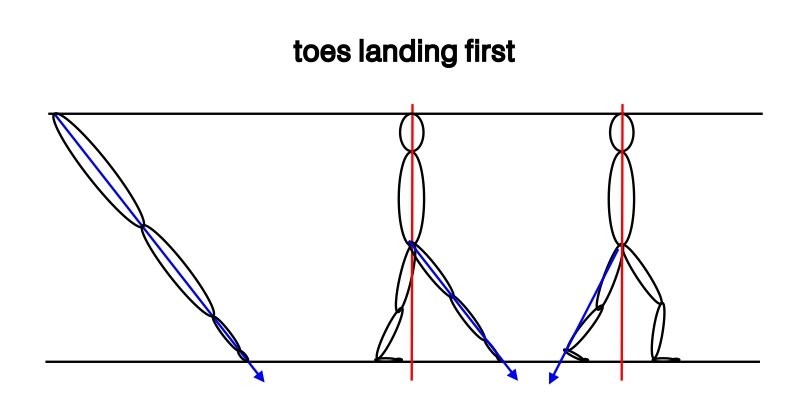
It’s usually used when we are hanging legs under the body.
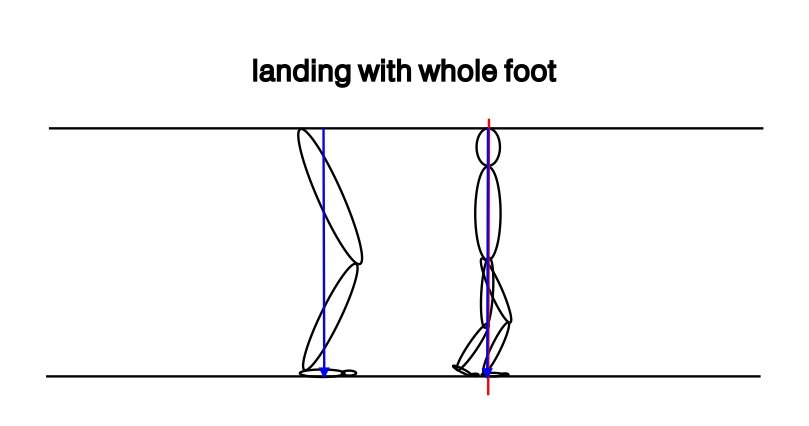
It’s usually used with contact with the hill, balls and tip of toes.
It’s a very efficient way to spread the power of landing in a roll. It’s very similar like a coin is rolling on the table…
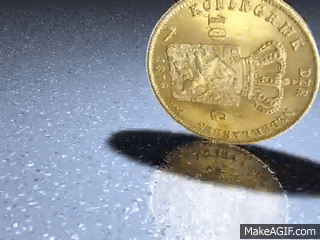
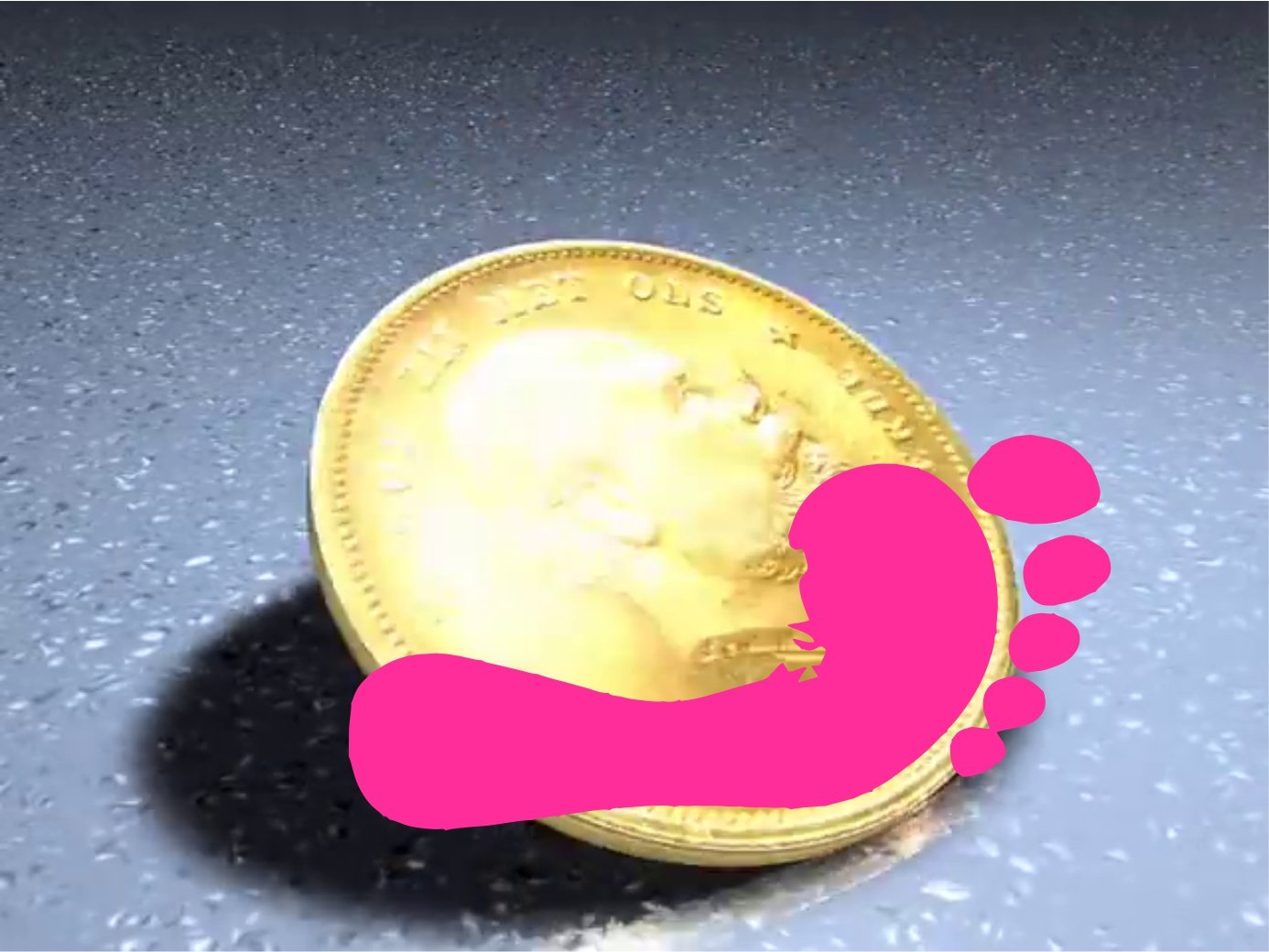
This way are usually walking older people, or very stiff (crystalised), ill people.

This way are usually walking ladies. They are using draw/strain of myofascial lateral lines.
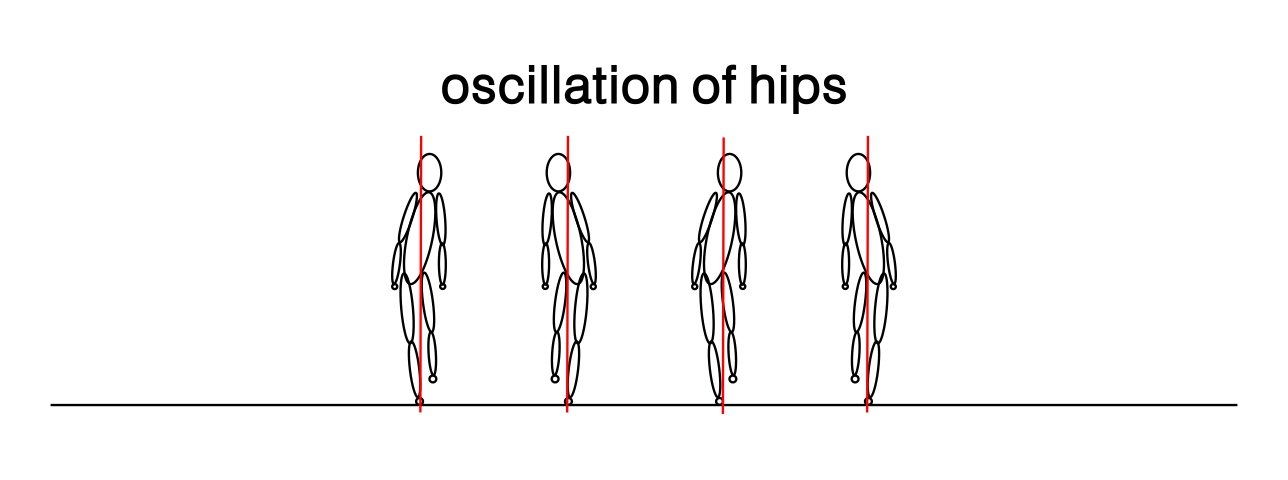
This way is usually walking young, happy dynamic people.

Naturally, we are compensating for the motion of legs with arms. When the right leg goes forward, the right arm goes backwards. Thus, arms are oscillating as a pendulum.
The contrary motion of arms and legs are also turning hips and shoulders to opposite directions. In addition, it creates a rotational oscillation of myofascial lines around the spine.
Oscillation is a very efficient way to save our energy.
To compare with motion without oscillation, it could be many times more efficient.
It could store the power of the oscillating kinetic energy in draws/strains of myofascial lines.
Usually, we combine more oscillation together.